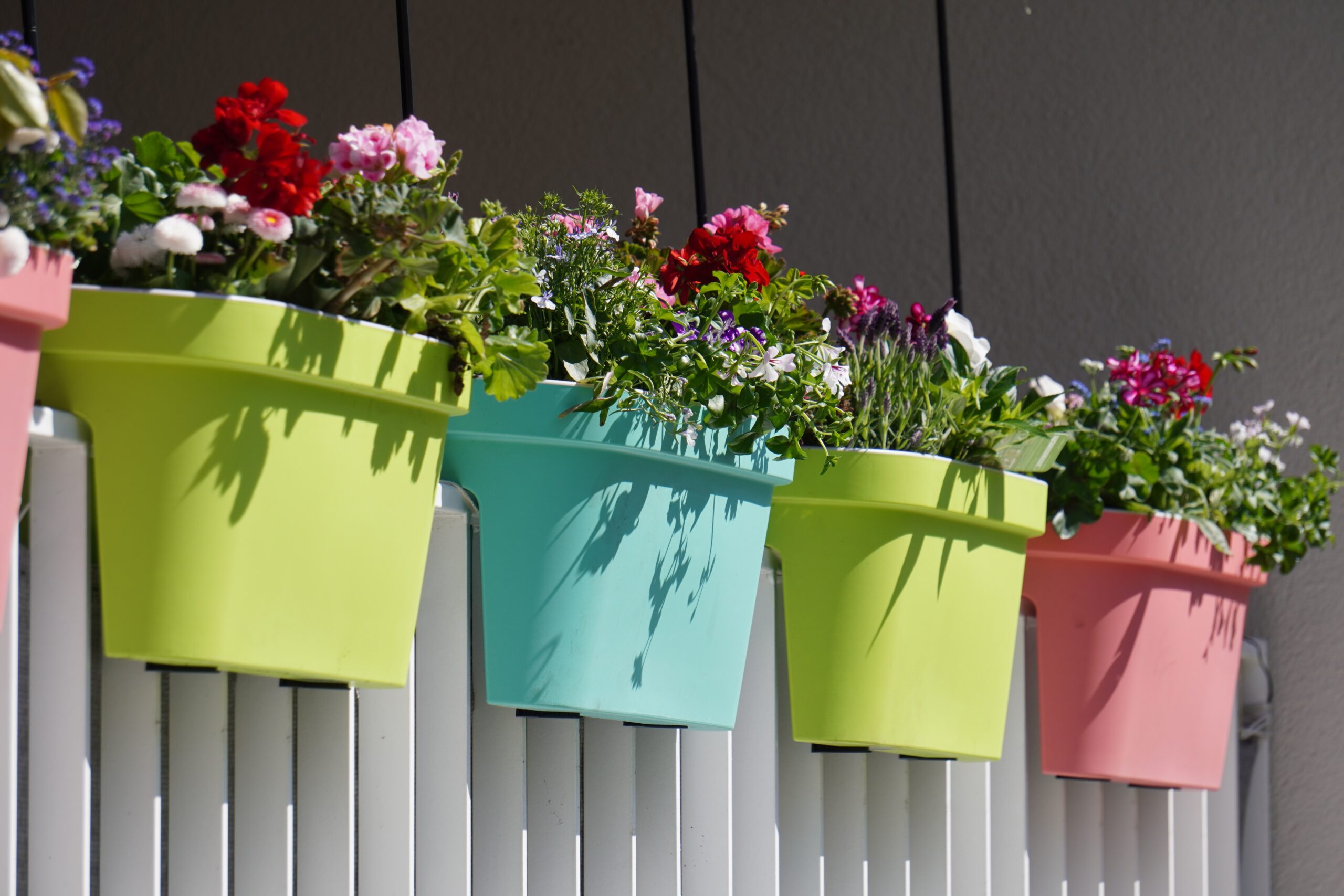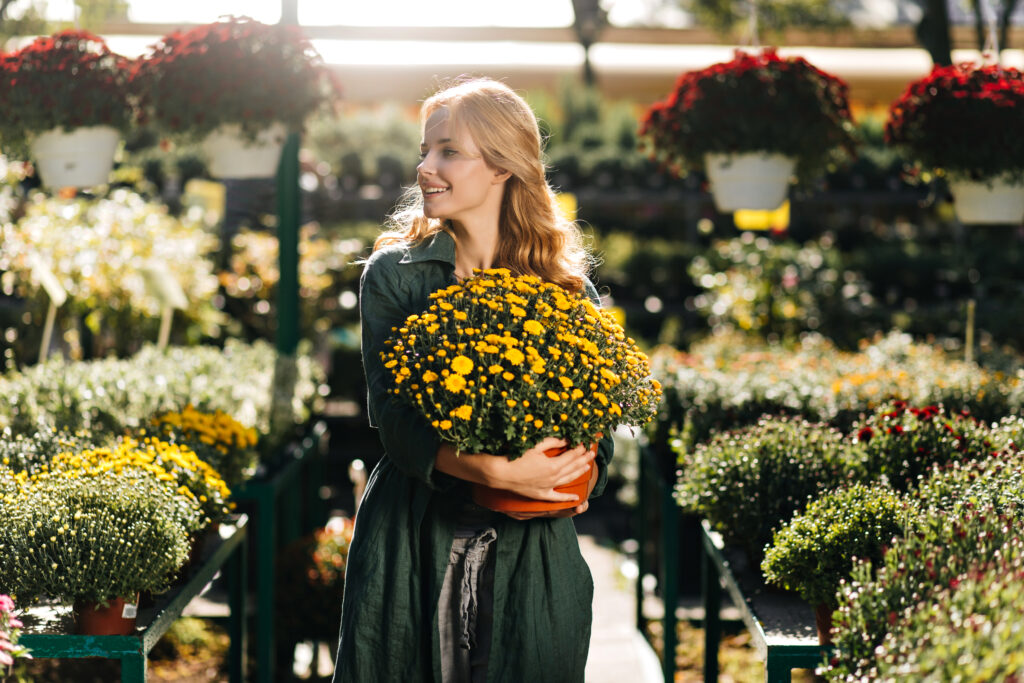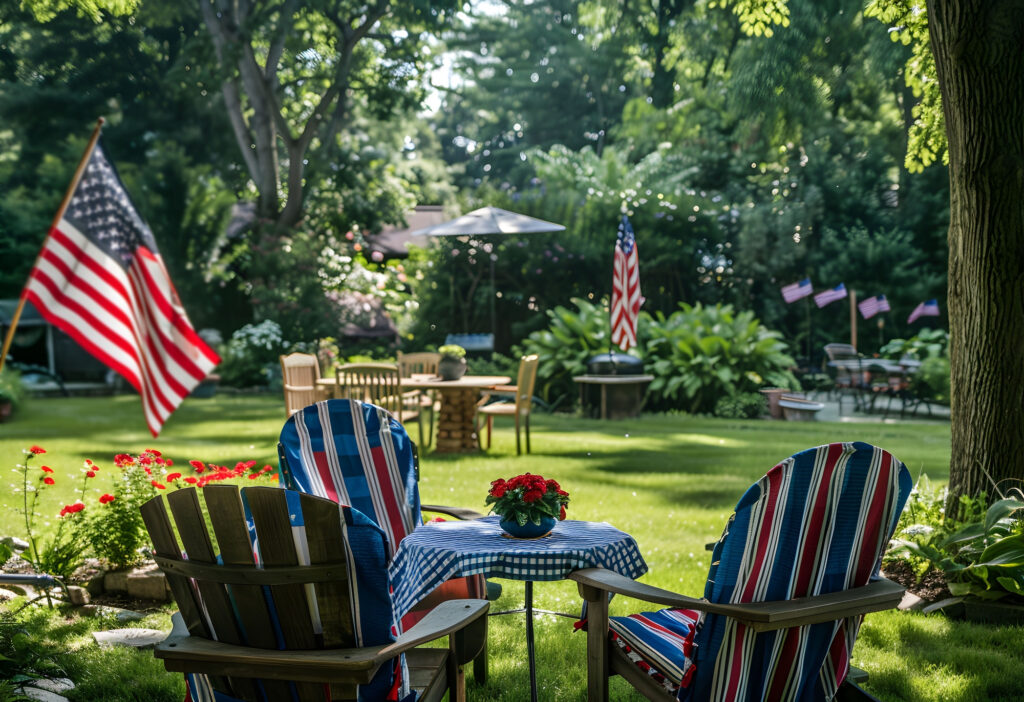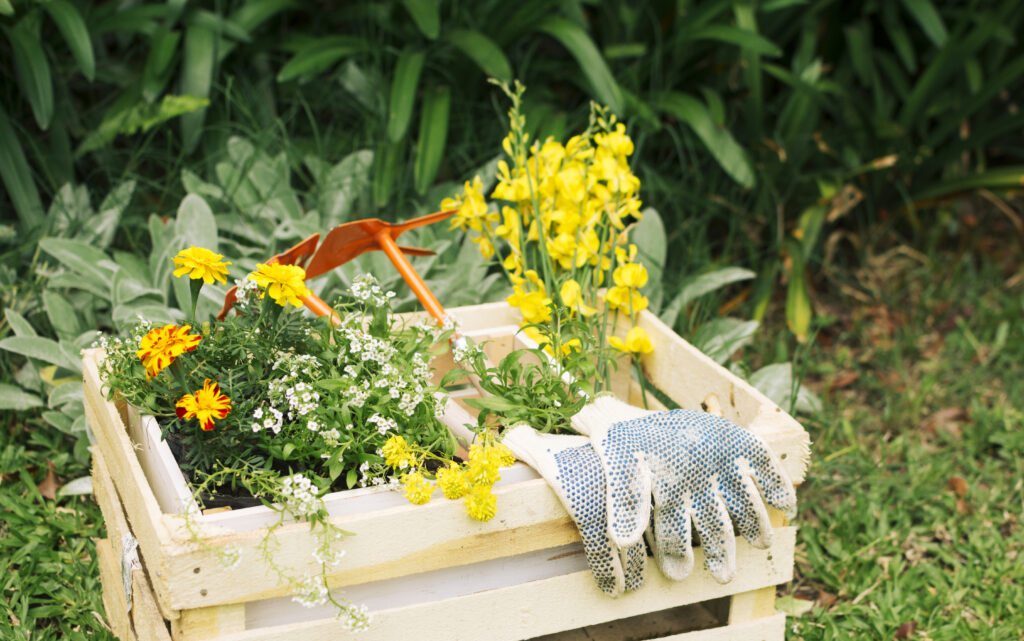How to Plant Wildflower Seeds
Container Gardening
Introduction
Creating a Low-Maintenance Wildflower Garden in the USA is a fulfilling and visually appealing way to bring nature closer to your home. By using native plants and adopting eco-friendly practices, you can create a vibrant and sustainable garden with minimal effort. Let’s dive into the essential steps and insights to help you cultivate a thriving wildflower garden.
What is a Low-Maintenance Wildflower Garden?
A low-maintenance wildflower garden is a carefully curated space filled with native wildflowers that require minimal upkeep. This type of garden mimics natural ecosystems, providing a haven for local wildlife and requiring less water, fertiliser, and overall care compared to traditional gardens. By selecting the right plants and employing sustainable gardening practices, you can enjoy a beautiful, hassle-free garden year-round.
Benefits of a Wildflower Garden
Wildflower gardens offer numerous benefits, from enhancing biodiversity to supporting pollinators like bees and butterflies. They are drought-tolerant, reducing water consumption, and they contribute to soil health by preventing erosion and promoting beneficial microbial activity. Additionally, wildflower gardens add aesthetic value to your property with their vibrant colors and varied textures.
Ideal Locations in the USA
The ideal location for a wildflower garden depends on the specific climate and soil conditions of your region. Wildflowers thrive in diverse environments, from sunny meadows to shaded woodlands. Regions such as the Midwest, the Southeast, and parts of the West Coast are particularly well-suited for a wide variety of native wildflowers.
Planning Your Wildflower Garden
1. Understanding Your Local Climate:
Before planting your wildflower garden, it’s crucial to understand your local climate. This includes knowing the average temperature ranges, rainfall patterns, and frost dates. Native wildflowers are adapted to the specific conditions of their regions, so choosing plants that match your climate will ensure a thriving garden with minimal maintenance.
2. Soil Preparation and Testing:
Healthy soil is the foundation of a successful wildflower garden. Start by testing your soil’s pH and nutrient levels to determine what amendments may be necessary. Adding organic matter like compost makes the soil healthier, richer, and better at holding moisture. Aim for a well-draining soil that supports the growth of deep-rooted wildflowers.
3. Choosing the Right Wildflowers:
Selecting the right wildflowers involves considering factors such as bloom time, height, and colour. Opt for a mix of perennials and annuals to ensure continuous blooms throughout the growing season. Native wildflowers like Black-Eyed Susan, Coneflower, and Butterfly Weed are excellent choices for a low-maintenance garden in the USA.
Designing Your Garden
1. Creating a Layout:
Designing a wildflower garden layout involves planning for both aesthetics and functionality. Group plants with similar water and sunlight requirements together. Use taller plants as natural screens or focal points, and arrange shorter plants towards the front. Curved pathways and borders can add a natural, flowing feel to your garden.
2. Companion Planting Strategies:
Companion planting enhances the health and growth of your wildflower garden. Some plants, when grown together, can deter pests, attract beneficial insects, or provide mutual support. For example, planting Yarrow alongside other wildflowers can attract predatory insects that help keep harmful pests in check.
3. Seasonal Considerations:
Consider the seasonal changes in your garden. Plan for early spring blooms with species like Bluebells and Poppies, and ensure late-season interest with Asters and Goldenrod. By incorporating plants that bloom at different times, you can maintain visual appeal and provide continuous resources for pollinators.
Planting Your Wildflower Garden
1. When to Plant Wildflowers
Timing is critical when planting wildflowers. Generally, spring and fall are the best times to sow wildflower seeds. Spring planting takes advantage of warming soil and increasing daylight, while fall planting allows seeds to establish roots before the winter dormancy, leading to robust growth in the spring.
2. Direct Sowing vs. Transplanting:
Wildflowers can be established through direct sowing or transplanting. Direct sowing involves scattering seeds directly onto prepared soil, while transplanting uses seedlings grown in containers. Direct sowing is often more natural and cost-effective, but transplanting can give certain species a head start and better survival rates.
3. Watering Techniques:
While wildflowers are generally drought-tolerant, proper watering is essential during the establishment phase. Water newly planted seeds or seedlings regularly until they are well-established. Once mature, most wildflowers require minimal supplemental watering, relying on natural rainfall to meet their needs.
“Discover More: Enhance Your Garden with Bee-Friendly Tips!”
Maintaining Your Garden
container gardening offers a fantastic opportunity to cultivate a beautiful and bountiful garden, even in the smallest of spaces. By choosing the right wildflowers for your containers, you can create a stunning and vibrant oasis that brings joy and beauty to your urban environment.
1. Weed Control Methods :
Effective weed control is vital for a healthy wildflower garden. Mulching with organic materials like straw or wood chips can suppress weed growth and retain soil moisture. Hand-pulling weeds, particularly before they set seed, and using ground covers are additional strategies to keep your garden weed-free.
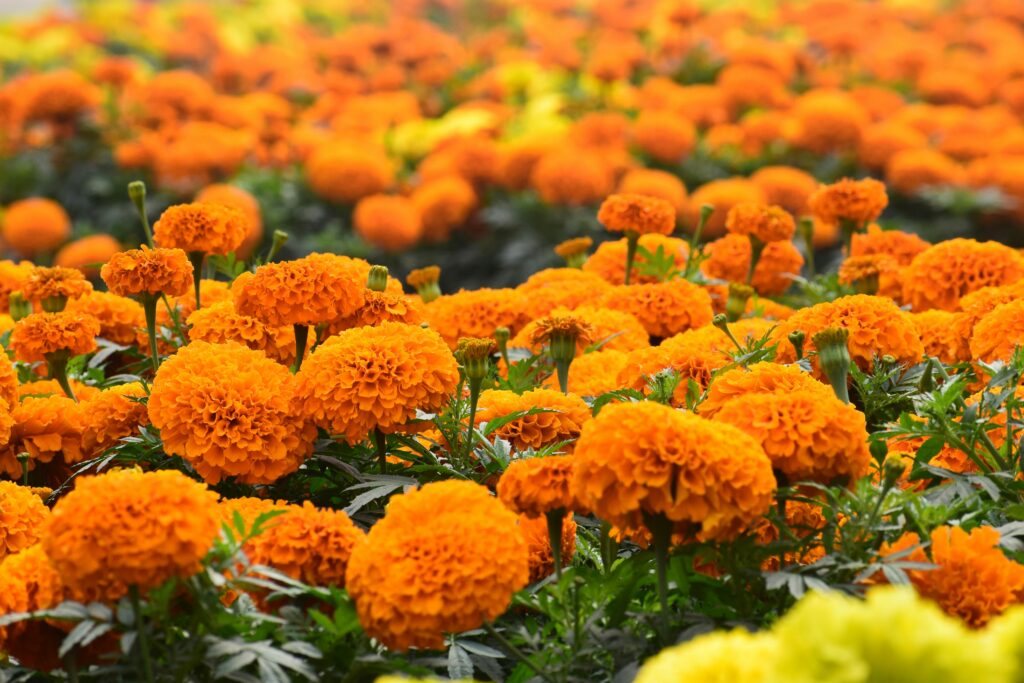
2. Pest Management Tips :
Wildflower gardens attract a variety of insects, some beneficial and some harmful. Encourage natural predators like ladybugs and spiders to keep pest populations in check. Avoid chemical pesticides, which can harm pollinators and other beneficial organisms. Neem oil and insecticidal soaps are safer alternatives for managing pests.
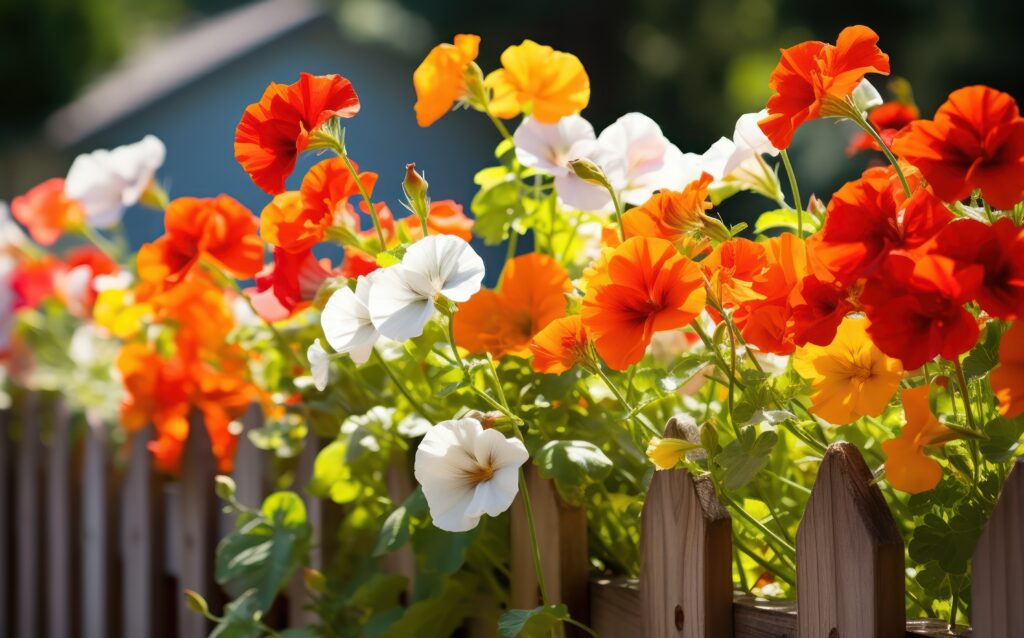
Enhancing Garden Aesthetics
- Adding Pathways and Borders :Pathways and borders can add structure and accessibility to your wildflower garden. Natural materials like stone, gravel, or wood are excellent choices for creating paths that blend seamlessly with the wildflower aesthetic. Borders can help define garden areas and keep invasive plants in check.
- Incorporating Garden Art and Decor: Personalise your garden with art and decor. Consider adding bird baths, sculptures, or rustic benches to create focal points and resting spots. Garden art can reflect your personal style and make your garden a more inviting space for visitors.
- Creating Wildlife Habitats: Enhance the ecological value of your garden by creating habitats for wildlife. Birdhouses, bat boxes, and bee hotels provide shelter for various species. Planting a diverse range of wildflowers ensures a continuous food source for pollinators and other beneficial insects throughout the year.
Conclusion:
In conclusion, wildflower seeds offer a fantastic opportunity to bring color and beauty to container gardens, no matter how small or limited the space. By carefully selecting the right seeds, planting and caring for them properly, and incorporating design ideas and inspirations, you can create a stunning container wildflower garden that will delight you and attract pollinators throughout the growing season.
